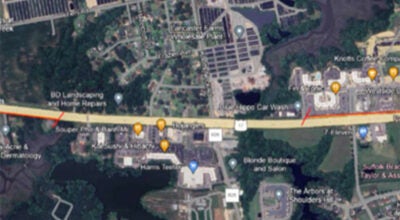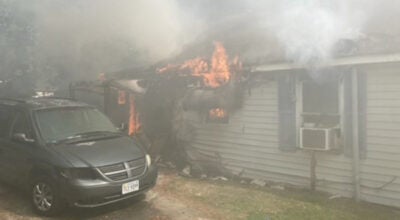Turning the HEAT on car theft
Published 9:32 pm Wednesday, July 20, 2016
Although 2015 saw a spike in auto thefts in Suffolk, the city — along with the commonwealth — has been on a downward trend in that category of criminal behavior since the early ‘90s.
State police introduced a program in the early 1990s to combat auto theft within the commonwealth.
HEAT, which stands for Help Eliminate Auto Theft, was introduced in 1992 in response to the high rate of that crime. Since then, total annual vehicle thefts across Virginia have decreased by more than 62 percent, according to the 2015 HEAT annual report.
Suffolk has experienced the same trend.
In 1999 — the earliest recorded crime data on the state police website — there were 187 auto thefts reported in Suffolk. By 2014, that number had fallen to 84.
Last year, however, proved to be an outlier for both the city and the state. The state reported 8,103 auto thefts, a 7.4-percent increase from 2014. Suffolk reported 104 incidents for the year.
Police say summer is a particularly active time for auto theft. Last year, 40 percent of the 8,103 reported thefts occurred between June and September, according to the 2015 state crime report.
Maj. E.C. Harris of the Suffolk Sheriff’s Department, a participant in the HEAT program, attributes the summer problem to delinquent behavior.
“Over the years, more juveniles are caught stealing cars,” during the summer, he said. “This may be because school is out.”
July is Vehicle Theft Prevention Month, in which police officers stress drivers to follow the HEAT model.
“Put as many barriers between yourself and a potential threat,” HEAT Special Agent Peter Lazear stated in a press release from the Virginia State Police.
The three-step model includes using common sense, visible and audible deterrents and technology.
Many vehicles that are reported stolen had their keys inside. Common sense, police say, should cause drivers to remove their keys from their cars when they get out of them.
The second layer recommends of protection calls for Vehicle Identification Numbers to be etched onto glass or alarms installed to ward off potential thieves.
Etching entails marking a vehicle’s auto glass with its 17-digit VIN. This will deter potential thieves, because the only way to sell parts for a stolen vehicle would be to remove or replace the auto glass altogether, which can be very pricey.
The HEAT program offers several free VIN etching events annually.
The final layer of protection encourages motorists to implement technologies such as tracking devices.
According to a 2015 HEAT report, Virginia has the fifth lowest rate of auto thefts in the nation.
However, Harris warns drivers must still be on guard.
“We are so wrapped up in our phones and not paying attention,” he said. “Beware of your surroundings.”






